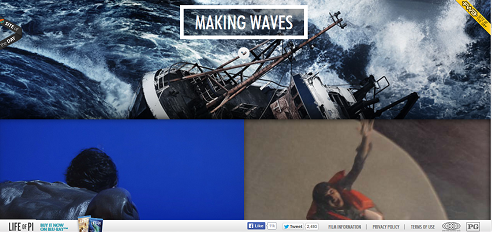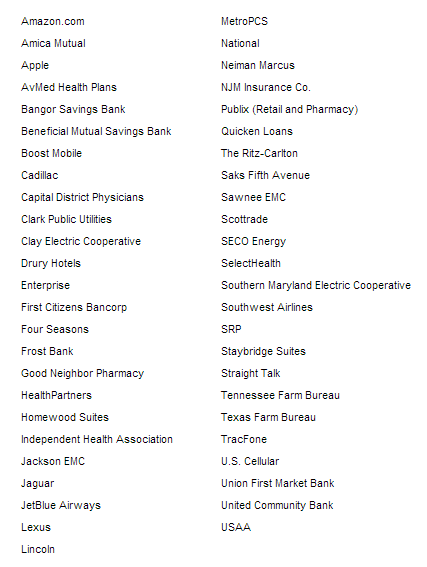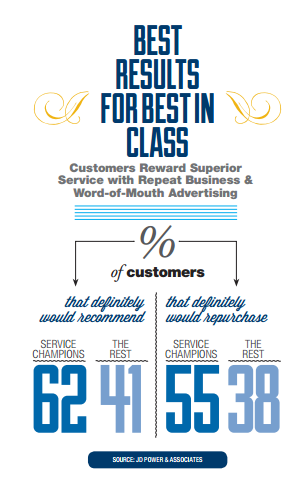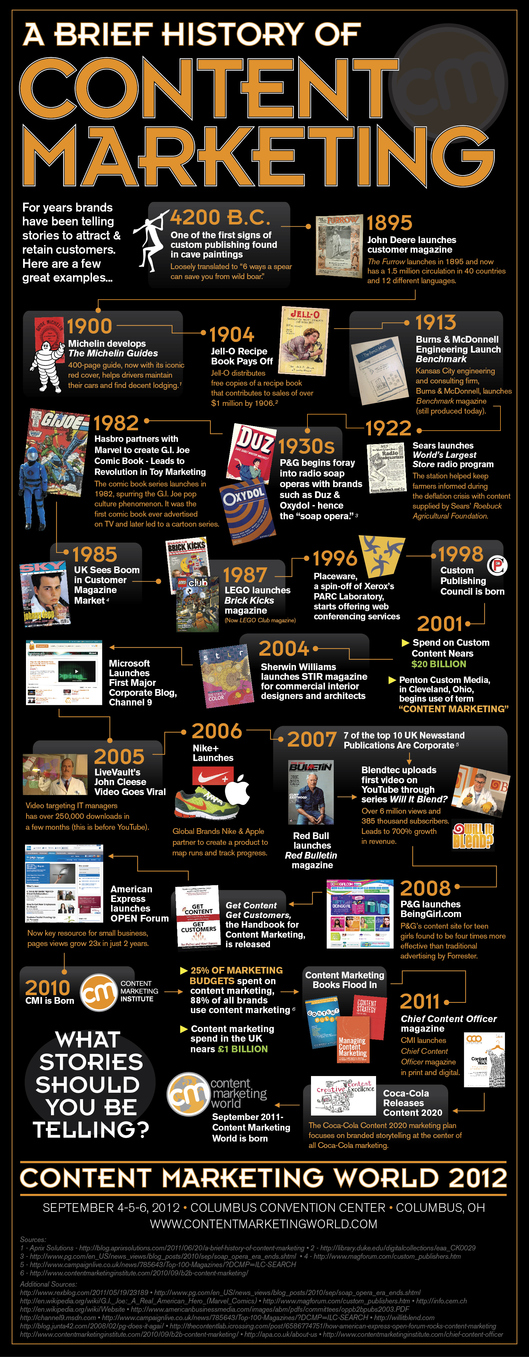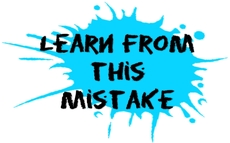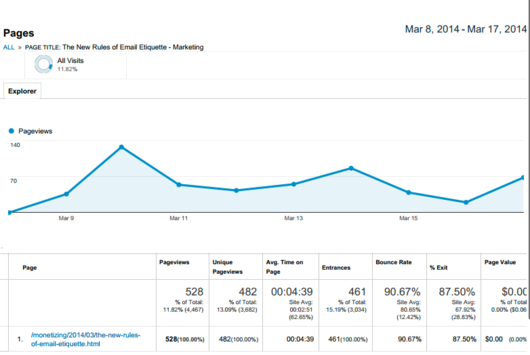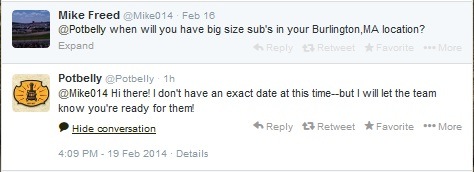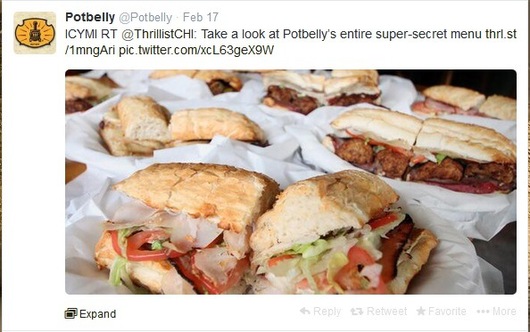A recent report estimated that over 300 billion emails are sent each day! Spam messages are jamming in-boxes across the globe and the average business person now gets over 100 emails a day.
While no one denies the obvious productivity gains we've realized from the efficiencies of email communication, many people find themselves drowning in all these messages.
Here are eight tips that will make your email communications more effective.
1. Practice being clear and concise with your message.
You'll save time and your reader will appreciate it.
-
Consider using bulleted points to clearly express your thoughts.
-
Everyone has a different style of how they intake information.
-
Email communication works best if you clearly outline the points you're trying to get across in an easy to understand format.
Investing extra time while authoring an email pays big dividends by giving your reader a clear understanding of your message. Remember, if your email is written with the purpose to educate, inform or persuade, then making sure to get your point across is even more critical.
With the sheer volume of email messages most business people receive, there's an inverse relationship between the volume of text and successfully making the point. Most people will immediately read and understand a ten sentence email. Send them a 10,000-word document and they'll likely scan the highlights, save it for later and you risk it not being read fully. People appreciate brevity. Remember, if your objective is to tell the reader what time it is, you don't need to explain how to build a clock!
2. Before sending, ALWAYS reread your message and double check for grammar and misused words.
It's obvious to most of us to use spell check after we've composed our message. You should also make it standard procedure to reread your entire message before sending. Often times, you'll notice words which have been left out, grammar that's incorrect and worst of all - words witch our spilled write butt knot used inn the write weigh. (Note, that this last sentence runs through a spell checker perfectly.) How many times have you caught something too late, making your only option to curse at your spell-checking software!
3. Copy back salient points when replying to an earlier message.
Remember that your reader likely receives hundreds of emails a week. When you combine that with face-to-face meetings and phone calls, it's dangerous to assume your recipient will remember your earlier exchange. Which of these messages has the greater chance for reader confusion?
"Sure, sounds fine... Please proceed."
Or
"Sure, sounds fine... Please proceed."
You wrote: Hi Jody, Are you okay with the proposed color scheme on the new brochure? I'd like to print it next week.
It's frustrating when someone sends you an email, with a specific answer but you're unable to recall the original issue. This problem is largely avoidable by copying a portion of the original message alluding to the context.
4. Use specific subject line descriptions.
Since many email messages go back and forth several times over the course of many weeks, it's important to accurately describe what the reader will find inside.
Considering the level of spam and anti-spam software in place today, you can't afford to risk your message not being delivered because of a generic or poorly worded subject line. A subject line such as, "What do you think" doesn't tell the recipient much. "Need suggestions for options on acct #45619 - Robinson Inc." is more specific. Remember, a legitimate message coming from your plant in Hong Kong advising you that "they've still had no luck increasing the prototype by 3 inches" is unlikely to ever make it past today's spam filters.
5. Realize that once your message is sent, it's difficult to recall.
Although some limited technology exists for recalling messages, it's not universal. It's possible to ruin their career with a single 60-second lapse in judgment, by sending the wrong message to someone.
Email is also ridiculously easy to edit and forward. Keep in mind that sending a message to one person can eventually be viewed by many other unintended parties. Always double-check the recipient line before sending any email. Horror stories about messages accidentally copied to "ALL" are becoming routine.
As a rule, it's a good idea to never put anything in writing that a reasonable person would consider to be confidential or dangerous. If your situation dictates you email such information, try to word your message in as factual and balanced a way as possible. As you write, imagine that the person you're writing about eventually sees your message. Stick to facts, not opinions.
6. Practice the 24-hour rule when you're upset.
It's never a good idea to send an email when you're angry. We've all been guilty of this. In the heat of the moment we type up a literary bombast. A message that will reduce the recipient to mush. We even reread it, and we're actually sort of proud at how powerful the wording is. We imagine the recipient opening and cringing as he/she reads our words. Then we send it.
Only later, after we calm down, we revisit the message and realize that we dramatically overreacted. But it's too late to do anything now, except apologize and try to mend fences. This is more common than you think.
If you compose an email in anger, wait a predetermined period of time before sending it. If your emotions are legit, then your issue will still be there tomorrow. But in 95% of the cases, you'll be glad you waited and toned things down after you've gain the perspective that can only come with some additional time.
7. Avoid sh-cuts and abbr. in biz email msgs.
Anyone with a teenager knows you practically need a CIA decoder chart to understand the abbreviations and shortcuts that are popular in email and text messages. These cutesy short cuts and misspellings are ill advised to use in any corporate context, no matter if your customer is external or internal. Even common shortcuts like "LOL, BRB, OMG, 2, 4, SMH and u r" are simply too casual for most business communication. What's hip to one sender can be read as flip and disrespectful by another reader. Since a casual message to a coworker could easily be forwarded, it's best to practice the same high level of professionalism no matter who you're writing to.
8. Don't Forward Viral Messages.
What's that you say? You'd only forward important messages on to your coworkers and friends? Not so fast.
Unlike obvious computer viruses that involve actual destructive code, many messages are viral in nature, in that they are purposefully crafted so you'll send them on to friends with the idea that you weren't positive if this was real but wanted to be sure they saw it just in case! Although not usually harmful, these emails prey on normally smart individuals desire to inform others.
Everyday, intelligent people who would never consider themselves gullible forward on hoax messages about:
-
Pending Congressional taxes on emails
-
Avoiding waking up in a hotel bathtub of ice - minus your kidneys
- Easy steps for getting some of Bill Gates/Disney/AOL's money
-
How to delete viruses from your pc (which are actually legit Windows' files your system needs)
-
Child abductions at giant retailers
-
A royal widow begging you to look after her $18,000,000 if you'll just give her your bank account number.
The list goes on. If you are the recipient of an email message you think is relevant to your friends and family, run it by this test: Copy and paste a few words from the message into Google along with the word "hoax". If the returns come back showing articles claiming the message is a fake, save everyone in your address book some time by hitting the delete key! The same rule applies to jokes and pictures which would be deemed as inappropriate by your employer.*
While there may not be a silver bullet that saves us from an onslaught of never ending messages, common sense practices can make our business email correspondence more effective and productive every working day.
If you liked this, you should sign up for the LinkedIn Marketing & Advertising Tips from Franchise-Info newsletter.
Or, for more information on the Franchise-Info Business Directory, call Joe at 1-443-502-2636 or email Joe direct jcfran1@msn.com
Nancy Friedman is a frequent speaker at association, corporate and franchise meetings. The author of 8 books on her service expertise, she has appeared on Fox News, CNN, Today Show, and Oprah, as well as many other shows. She has been published in the Wall Street Journal and USA Today along with many major dailies. President of Telephone Doctor Customer Service Training, she can be reached at 314-291-1012 or www.nancyfriedman.com.
For a complimentary copy of Nancy's eBook, Hidden Gems of Customer Service, please click here.

